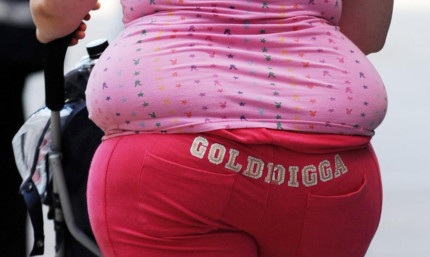More than a quarter of adults in Scotland were obese last year, official statistics show.
Around 64% of people aged 16 and over were overweight or obese in 2012, with 27% falling into the latter category.
The proportion of overweight or obese adults aged between 16 and 64 rose from 52% to 62% between 1995 and 2012.
Obesity increased from 17% to 26% but figures have remained broadly stable since 2008. About 17% of children aged two to 15 were at risk of obesity, with a further 14% in danger of being overweight.
Boys were more likely to to be overweight or obese than girls, with rates of 34% and 27% respectively.
Figures show the prevalence of type 2 diabetes is increasing steadily in Scotland, amounting to 88% of the 258,570 cases diagnosed last year.
A total of 62% of adults met official guidelines for physical activity, with men significantly more likely to do so than women.
This pattern was reflected in child physical activity levels with more boys (73%) than girls (68%) meeting the targets.
A spokesman for the Scottish Government said: “Obesity is a complex issue linked to many lifestyle factors and requires action on many fronts. Small changes make a big difference.
“However, we have seen a reduction in the volume of soft drinks sales since 2010. Half of adults have a healthy diet or trying to improve how they eat.
“The amount of time adults and children spend in front of screen for leisure has fallen. There are more visits to local leisure services and more people walking or cycling to work.
“We will continue working with producers and retailers to promote healthy food options, increasing opportunities for people to become more physically active, encouraging young people to adopt healthy habits and employers to offer healthy choices to staff.”
